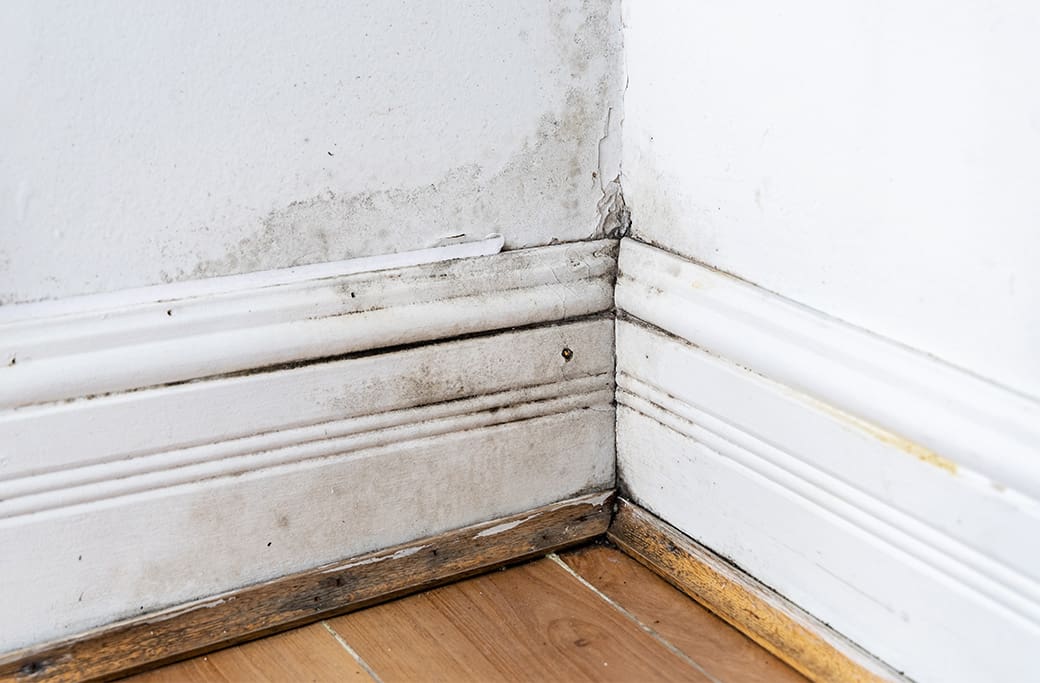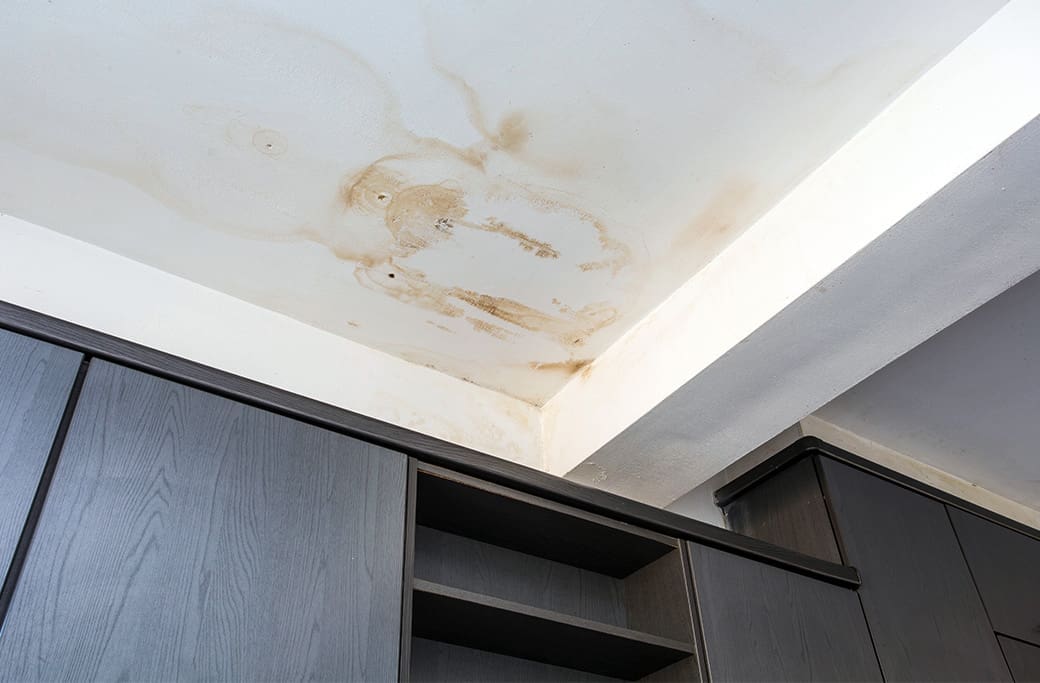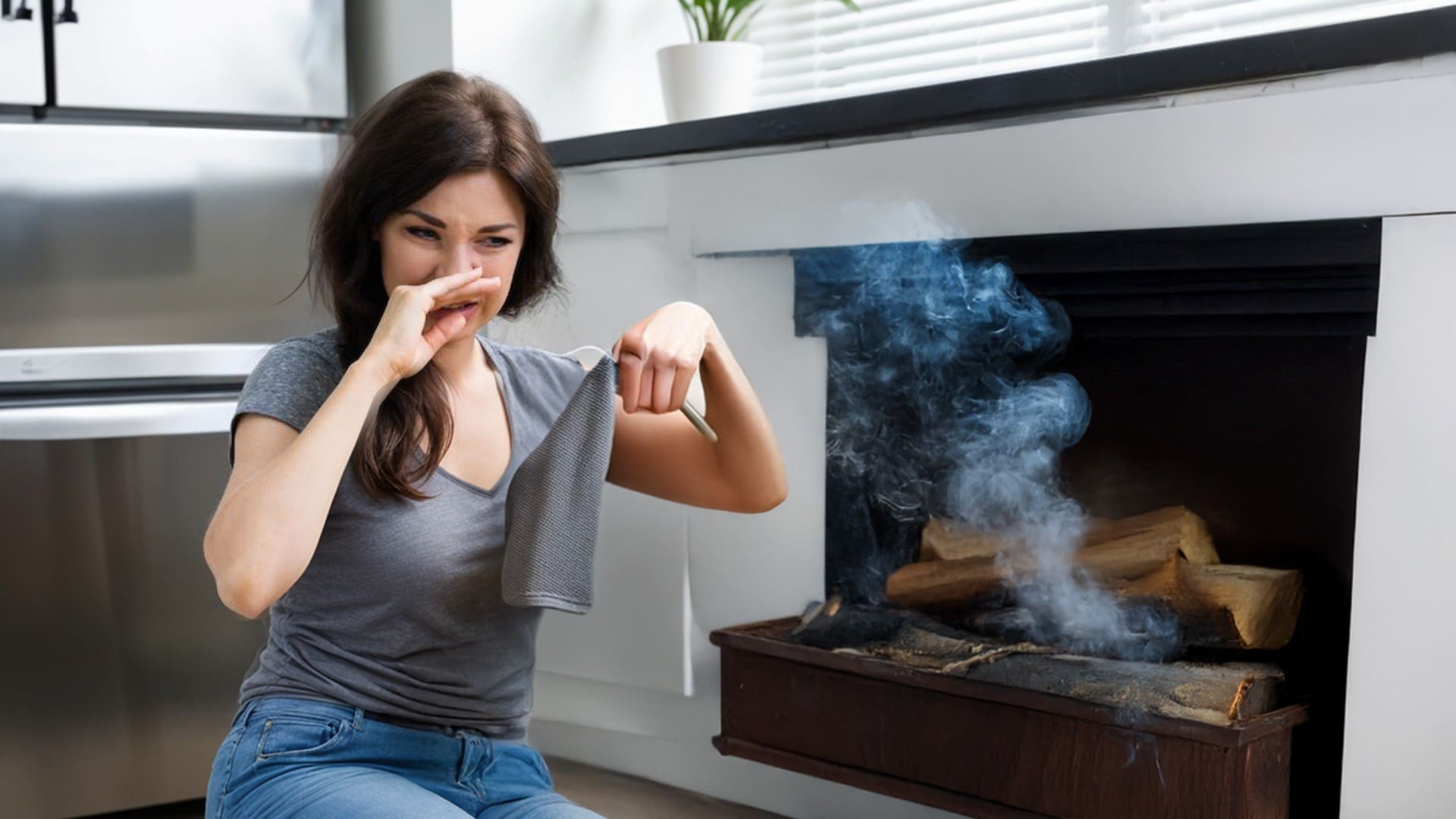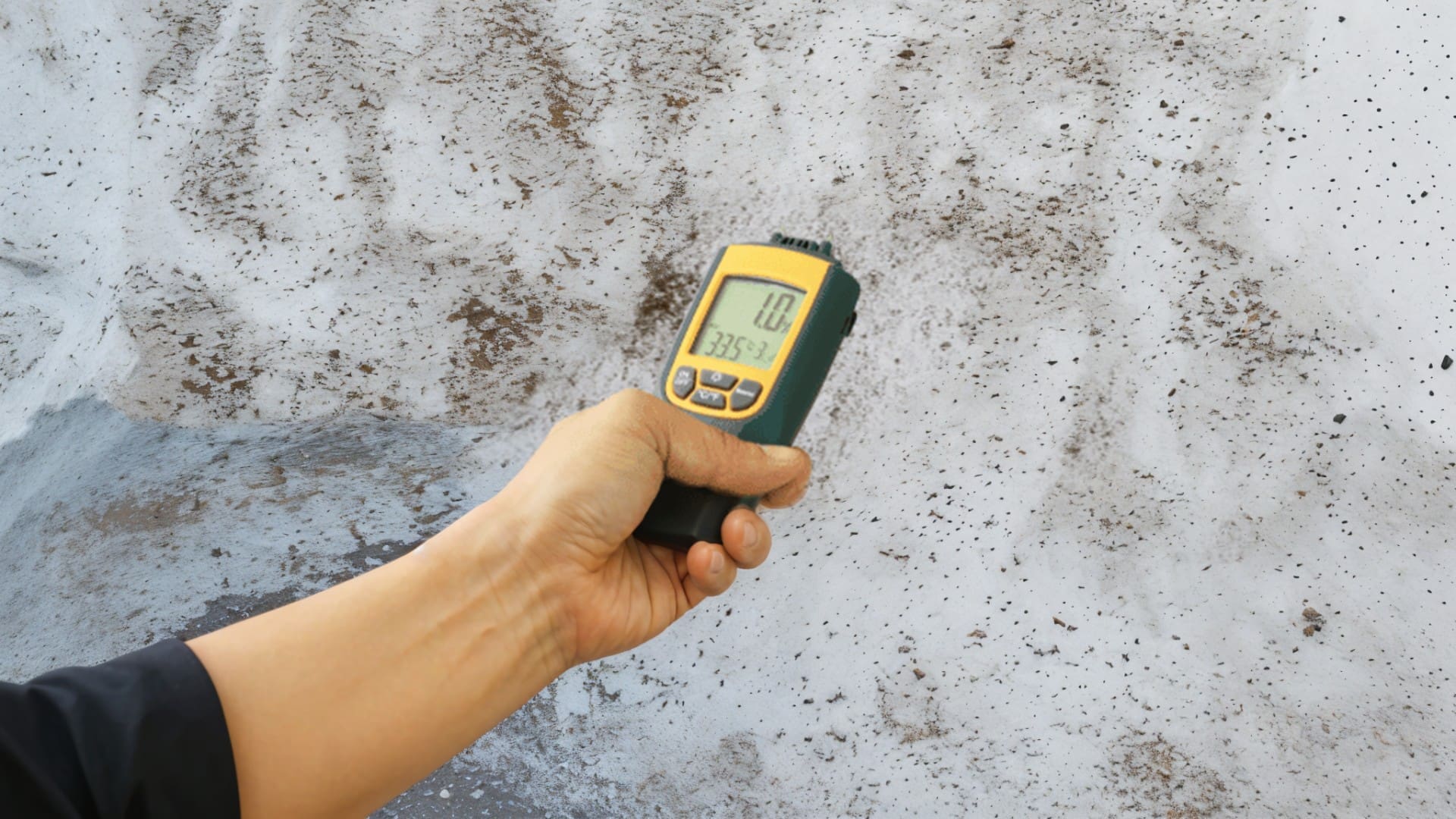
Indoor air quality is an essential aspect of maintaining a healthy living environment. Too often, homeowners overlook the hidden threats that compromise the air they breathe. One such threat is mold. The underestimated impact of mold on indoor air quality and overall health is a growing concern. By understanding the connection between water damage, mold growth, and health risks, homeowners can take proactive steps to ensure their homes remain safe and healthy havens.
Understanding Water Damage, Mold, and Health
Water damage is a leading cause of mold growth in homes. When left unchecked, even minor leaks can create conditions conducive to mold proliferation. Common sources of water damage include plumbing leaks, roof leaks, and flooding. When these issues are not promptly addressed, mold can begin to grow within 24-48 hours.
Mold spores thrive in damp environments, and once they take root, they can spread rapidly. This growth not only damages the structure of your home but also poses significant health risks to its occupants. Exposure to mold can lead to various health issues, particularly affecting the respiratory system.
Common health concerns associated with mold exposure include allergic reactions, asthma attacks, and other respiratory issues. Individuals with pre-existing conditions or weakened immune systems are especially vulnerable. Understanding these risks underscores the importance of addressing water damage and mold growth promptly.
Signs of Mold in Your Home
Detecting mold early is crucial to preventing its spread and mitigating health risks. There are several signs homeowners should be vigilant about. A persistent musty odor is often the first indicator of mold presence. This smell can permeate throughout the home, even if the mold is not immediately visible.
Visible mold growth is another clear sign. Mold can appear as black, green, or white patches on walls, ceilings, and other surfaces. Pay special attention to areas prone to moisture, such as bathrooms, kitchens, and basements. Health symptoms can also signal mold issues. If family members experience unexplained allergies, coughing, or respiratory problems, it may be due to mold exposure.
To help homeowners assess their living spaces for potential mold issues, here is a quick checklist:
- Check for water stains or discoloration on walls and ceilings.
- Inspect around windows and doors for condensation and mold growth.
- Look under sinks and around plumbing fixtures for leaks and mold.
- Monitor for any unusual or persistent health symptoms in household members.
Effects on Health
Mold’s effect on respiratory health is well-documented. Mold spores, when inhaled, can trigger a variety of respiratory issues, particularly in individuals with allergies or asthma. These tiny spores can easily become airborne and enter the respiratory system, leading to inflammation and irritation.
For those with asthma, mold exposure can exacerbate symptoms and lead to more frequent and severe asthma attacks. Allergic reactions to mold can manifest as sneezing, runny nose, red eyes, and skin rashes. In more severe cases, mold exposure can cause a condition known as allergic bronchopulmonary aspergillosis, which affects the lungs.
Even individuals without pre-existing respiratory conditions can develop issues due to mold exposure. Prolonged exposure can lead to chronic respiratory conditions and weaken the immune system, making individuals more susceptible to infections.
Steps to Maintain a Healthy Home Environment
Preventing water damage and mold growth is essential to maintaining a healthy home. Here are some practical tips for homeowners:
Regular Maintenance
Regularly inspect your home for signs of water damage and address any issues promptly. This includes checking for leaks, repairing roof damage, and maintaining plumbing systems.
Moisture Control
Control moisture levels in your home by using dehumidifiers, ensuring proper ventilation, and installing exhaust fans in high-moisture areas like bathrooms and kitchens. Keep indoor humidity levels below 60% to inhibit mold growth.
Prompt Response to Water Leaks
Address water leaks and spills immediately. Dry affected areas thoroughly and consider using mold-resistant materials during repairs and renovations.
Professional Mold Remediation
When mold is detected, professional mold remediation is crucial. Experts can accurately assess the extent of mold growth and perform thorough removal and cleaning. Restoration services can also help repair and restore any damage caused by mold.
Effect of Mold on Indoor Air Quality
Maintaining indoor air quality is vital for a healthy living environment, and understanding the impact of mold is a crucial part of this process. By recognizing the connection between water damage, mold growth, and health risks, homeowners can take proactive steps to protect their families.
At STOP Restoration, we specialize in water damage restoration and mold remediation, ensuring that your home remains a safe and healthy place to live. Don’t wait until it’s too late; take action today to improve your indoor air quality and safeguard your health.
If you suspect mold in your home or have experienced water damage, contact us for expert advice and restoration services. We are dedicated to helping homeowners and property managers maintain healthy living environments.




